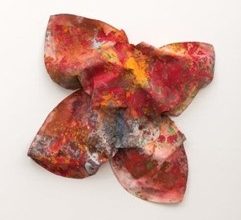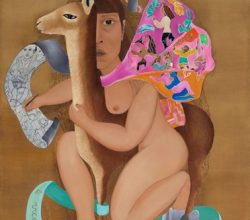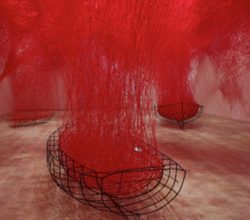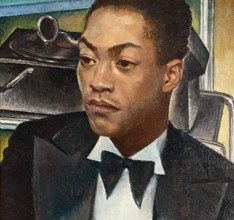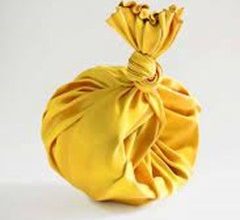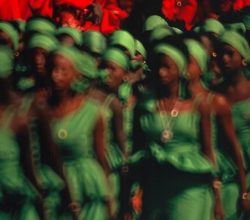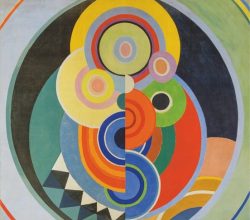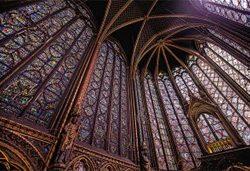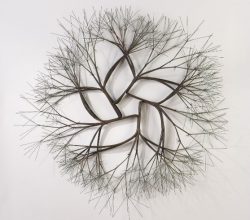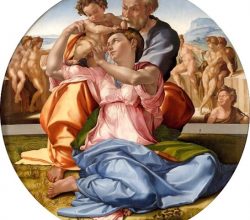
What Sally Mann’s Work Says About Art and Motherhood
Whitney Otto | Literary Hub
In 1992, Mann’s photobook Immediate Family, created a storm. It included images of her infant children nude, raising issues of informed consent and sexualizing children. Decades later, now things have calmed down, this writer offers a quite different take. These famous images show that raising kids is “as unsettling, and thorny, and as important as any other aspect of human experience. [Her photos show] the pleasure in simply allowing life to unfold and having the mastery to capture evanescence”.

